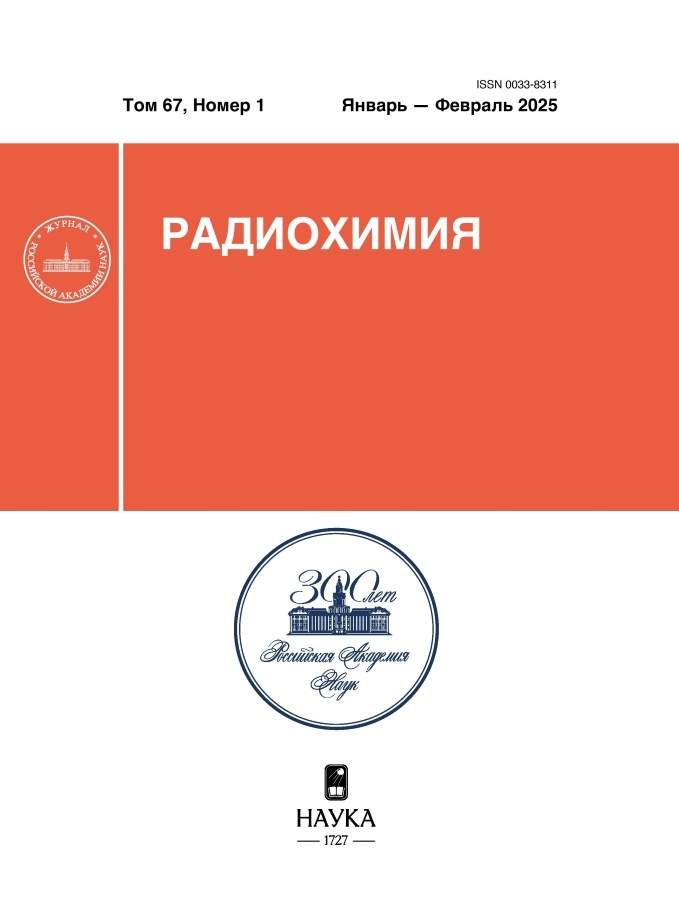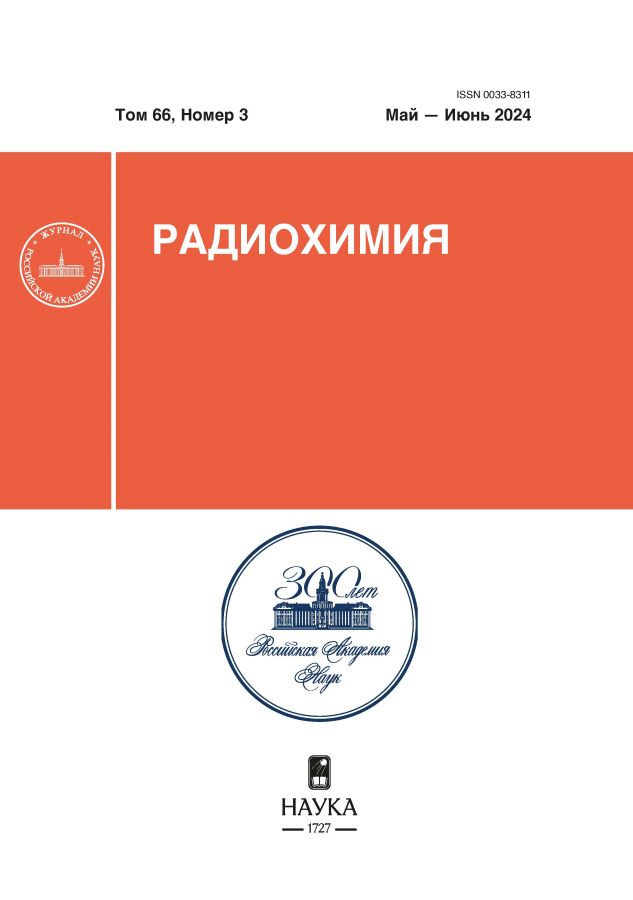Pathways for Activating Isotope Exchange of Dopamine with D2O
- Authors: Shevchenko V.P.1, Nagaev I.Y.1, Myasoedov N.F.1
-
Affiliations:
- National Research Centre Kurchatov Institute
- Issue: Vol 66, No 3 (2024)
- Pages: 293-297
- Section: Articles
- URL: https://cardiosomatics.ru/0033-8311/article/view/681642
- DOI: https://doi.org/10.31857/S0033831124030119
- ID: 681642
Cite item
Abstract
Various methods of introducing deuterium into dopamine using isotope exchange are considered. The best result is achieved by isotope exchange with deuterated water at 190°C for 30 min using (a) trifluoroacetic acid as a catalyst and (b) 5% Pd/Al2O3 catalyst presaturated with deuterium gas. In the first case, the yield of deuterated dopamine was 65–70%, and the average deuterium content was 2.4–2.5 at./molecule. In the second case, the yield decreased to 35–40%, but the deuterium content increased to 3.50–3.60 at./molecule. The obtained result highlights the effectiveness of an integrated approach to introducing hydrogen isotopes into organic molecules, when activated hydrogen isotope species are formed on the catalyst and the substance deposited on it, which contribute to increasing the efficiency of isotope exchange with deuterated water when heated.
Keywords
Full Text
About the authors
V. P. Shevchenko
National Research Centre Kurchatov Institute
Email: nagaev.img@yandex.ru
Russian Federation, pl. Kurchatova 2, Moscow, 123182
I. Y. Nagaev
National Research Centre Kurchatov Institute
Author for correspondence.
Email: nagaev.img@yandex.ru
Russian Federation, pl. Kurchatova 2, Moscow, 123182
N. F. Myasoedov
National Research Centre Kurchatov Institute
Email: nagaev.img@yandex.ru
Russian Federation, pl. Kurchatova 2, Moscow, 123182
References
- Катунина Е. А. // Consilium Medicum. Приложение к журн. «Неврология и ревматология». 2010. № 2. С. 46–49.
- Преображенская И. С. // Consilium Medicum. Приложение к журн. «Неврология и ревматология». 2008. № 1. С. 53–58.
- Wenzel J. M., Rauscher N. A., Cheer J. F., Oleson E. B. // ACS Chem. Neurosci. 2015. Vol. 6. N1. P. 16–26. https://doi.org/10.1021/cn500255p
- Mehta M. A., Riedel W. J. // Curr. Pharm. Des. 2006. Vol. 12. N20. P. 2487–2500. https://doi.org/10.2174/138161206777698891
- Шевченко В. П., Нагаев И. Ю., Шевченко К. В., Мясоедов Н. Ф. // Радиохимия. 2023. Т. 65. № 4. С. 349–354. https://doi.org/10.31857/S0033831123040068
- Bhering D. L., Ramirez-Solis A., Mota C. J.A. // J. Phys. Chem. B. 2003. Vol. 107. N18. P. 4342–4347. https://doi.org/10.1021/jp022331z
- Kresse G., Furthmuller J. // Comput. Mater. Sci. 1996. Vol. 6. N1. P. 15–50. https://doi.org/10.1016/0927-0256(96)00008-0
- Zheng A., Li Sh., Liu S.-B., Deng F. // Acc. Chem. Res. 2016. Vol. 49. N4. P. 655–663. https://doi.org/10.1021/acs.accounts.6b00007
- Esaki H., Ito N., Sakai Sh., Maegawa T., Monguchi Y., Sajiki H. // Tetrahedron. 2006. Vol. 62. N47. P. 10954–10961. https://doi.org/10.1016/j.tet.2006.08.088
- Chiesa M., Giamello E., Murphy D. M., Pacchioni G., Paganini M. C., Soave R., Sojka Z. // J. Phys. Chem. B. 2001. Vol. 105. N2. P. 497–505. https://doi.org/10.1021/jp002794+
- Chiesa M., Giamello E., Paganini M. C. // J. Chem. Phys. 2002. Vol. 116. N10. P. 4266–4274. https://doi.org/10.1063/1.1447907
- Chiesa M., Paganini M. C., Spoto G., Giamello E., Di Valentin C., Del Vitto A., Pacchioni G. // J. Phys. Chem. B. 2005. Vol. 109. N15. P. 7314–7322. https://doi.org/10.1021/jp044783c
- Chiesa M., Paganini M. C., Giamello E., Murphy D. M., Di Valentin C., Pacchioni G. // Acc. Chem. Res. 2006. Vol. 39. N11. P. 861–867. https://doi.org/10.1021/ar068144r
Supplementary files













